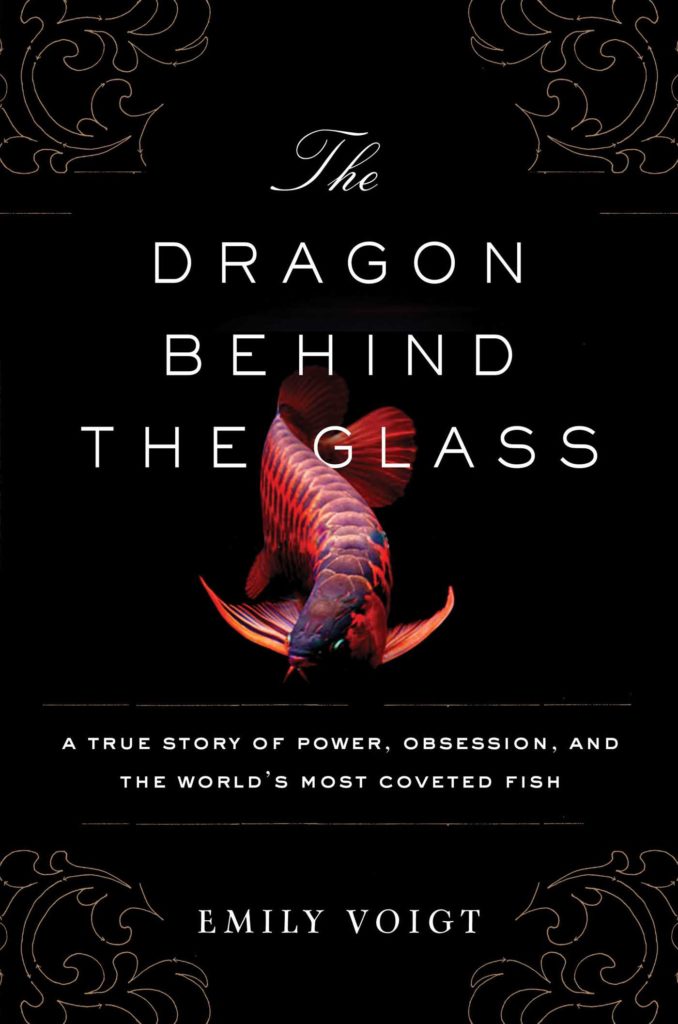I recently re-read Anne Fadiman’s The Spirit Catches You and You Fall Down (1997) — a book that chronicles the failures of US medical culture to reckon with the realities of one Hmong family caring for their epileptic toddler. Some aspects of the book have dated since its publication, but it remains a very powerful example of threading a geopolitical and historical story through a deeply personal, local event. Writers of narrative nonfiction will also find, in The Spirit Catches You, a compelling model for what journalists recognise as a ‘tick-tock’ story: a chronological account, told blow-by-blow, where the tension arises not from knowing the outcome but from understanding how events compound.
Emily Voigt’s The Dragon Behind the Glass (2016) is about a breed of aquarium fish that was briefly the subject of a craze. Interestingly, the book mobilises the conventions of a spy-novel, though of course it’s nonfiction — so it’s a good lesson in what can be borrowed from genre-fiction. I admire Voigt for her characterisations (even in nonfiction we need to turn real people into lively characters), as well as for her book’s structure: she deploys the end-of-chapter cliff-hanger very artfully.
Right now I’m reading Suzanne Simard’s Finding the Mother Tree (2021) for a review. It’s a memoir, but also a book about forestry and fungi science. Finding the Mother Tree makes wonderful use of dialogue, and brings facts to life with copious amounts of sense-information (smell, sound, scent etc). The book is light on writerly pyrotechnics — it’s chronologically structured, and the scenes are written with a focus on action — but it brings to light some very complex science in a way that is utterly engaging. You’re with Simard on every step of her journey.
— Rebecca Giggs, February 2021
Writing Creative Nonfiction Stage 1 with Rebecca Giggs
23 March – 8 June 2021
ONLINE
The Book Proposal: Writing Creative Nonfiction Stage 2 with Rebecca Giggs
26 June – 29 July 2021
ONLINE


